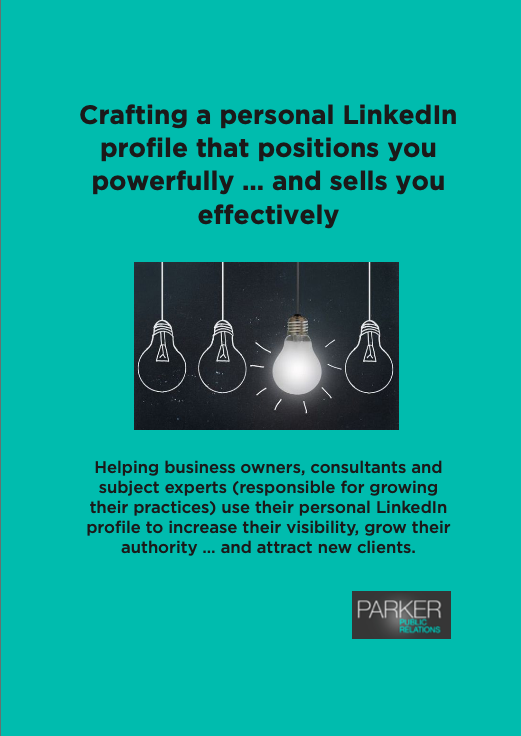
Becoming an acknowledged thought leader will remain one of the key leadership and business aspirations into 2019 and beyond.
Intrinsic to achieving this goal is creating content that is useful, informative and dare I say, memorable.
Here are my top thought leadership content rules which can be applied regardless of whether you’re blogging, engaged in public speaking, podcasting, developing a business book or video or chasing publicity.
Rule 1 – Provide compelling value
As a thought leader you should know what your audiences are talking about, what their pain points are and what mistakes they are making … then look at addressing those pain points and filling in the critical knowledge gaps.
To do this, the content you provide them should include:
- The proven steps to the solution they’re looking for
- Useful tips but also the traps that should be avoided at all costs
- Case studies. By sharing real-life examples of companies or individuals who have benefited from your products or services, will enable key audiences to more readily visualize how they can benefit too.
- Answers to the many unanswered questions in their industry, field or area of research.
Bottom line, as a thought leader you should be looking to offer your audiences real solutions to very real problems!
Rule 2 – Respond to key issues in the external environment
As a thought leader it is essential that you are across the emerging trends, issues, threats and disruption facing your industry and that you not only alert your audiences to these but more importantly that you advise them on how to successfully navigate or respond to these.
So if there is somethingof majorconsequence impacting on your industry, your client base or your community (i.e. key legislative changes, economic downturn, drought, fires) be sure to weigh in with your guidance, ideas and inspiration.
Rule 3 – Be authentic and inject ‘you’ into your stories
Give your audiences the best possible advice you are able but please, please remember to inject yourself and your experiences into these stories.
People want to know who the expert is behind the content.
So climb off your pedestal and talk about your personal stories and what you have learned along the way. This will not only drive home important lessons but will allow readers to remember you as well as the valuable content you provide.
Talk about what has worked and more importantly …what hasn’t.People want to hear about the difficult stuff and how this has helped shape you and make you who you are! This makes you more relatable, likeable and dare I say … less of know-all!
Richard Branson uses this technique to great effect so why can’t you?
Rule 4 – Say what others are afraid to say
Don’t go running scared. You are a thought leader and people value your ideas and opinions so call out the BS in your industry or eco-system when you come across it.
Don’t vent or complain, but do it in a way that shines a light on what is going on, explains why it is a problem and puts forward suggestions on what can be done.
Let’s face it; we live in a world where people no longer believe the hype. They question everything.
So those who are willing to stand up and share the(ir) truth will undoubtedly stand out from the crowd … and for all the right reasons!
Rule 5 –Back up your ideas with hard data
One of the best ways of building great thought leadership content is to produce deep research on your niche topic or area of expertise. This will give you a depth of knowledge no one else has.
However this research does not need to involve hundreds of different projects each year but can simply be one truly worthwhile project that provides invaluable insights.
By including data and research in your articles will ensure that what you say is evidence-based and will elevate your standing as a thought leader, vastly increasing the likelihood of the media and bloggers seeking you out.
If nothing else, having some actual data makes your ideas more persuasive than mere opinions.
IN SUMMARY
So, in summary, as a thought leader you should:
- Give compelling value
- Provide information that goes beyond current thinking
- Lead the conversation and challenge your target audience
- Offer something new and different.
- Inject ‘you’ into the conversation
- Be controversial, buck the trend … even throw stones at giants
- Be opinionated and unafraid to express your opinions on issues you care about.
Parker Public Relations specialises in done-for-you thought leadership and personal branding for businesses and individuals. We also teach individuals how to manage the process themselves.


